Project Recover Vows to Find America’s Missing Service Members
Partnering with Scripps Institution of Oceanography, this nonprofit uses technology to locate and identify remains of Americans missing in action
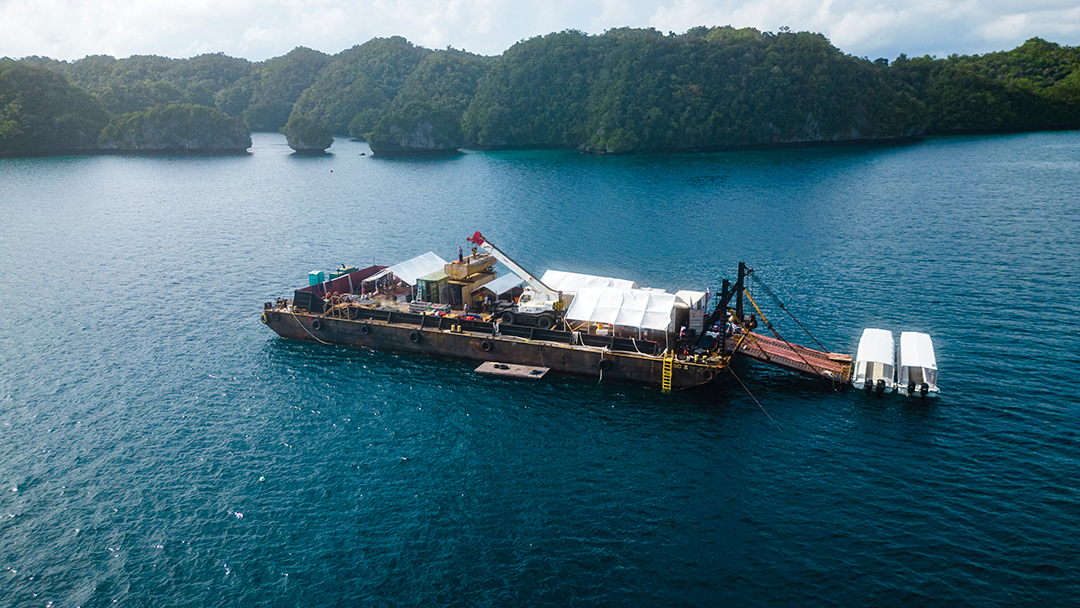
More than 81,000 U.S. service members are listed as missing in action, but none of them are forgotten — not by their family or friends, and not by Project Recover, an organization that works with Scripps Institution of Oceanography and the University of Delaware employing the latest technology to locate and identify the remains of Americans who are designated as MIA.
Originally known as the BentProp Project because many of the organization’s missions involved downed World War II propeller planes, the group was founded in 1993 by Dr. Pat Scannon, who was working from the Western Pacific island of Palau to locate a trawler that was sunk by (then) ensign George H. W. Bush in 1944.
Scannon quickly found the trawler, and with some extra time on his hands, he hired a guide to show him other places on the island where there was wreckage from World War II. The guide took him to a spot of shallow water where a wing from a B-24 bomber could be seen. Scannon asked about the plane’s crew, but the guide didn’t know any details. It was then that Scannon began to research the island’s World War II history on his own, and he learned there were a number of losses on and around Palau, many associated with service members still listed as MIA.
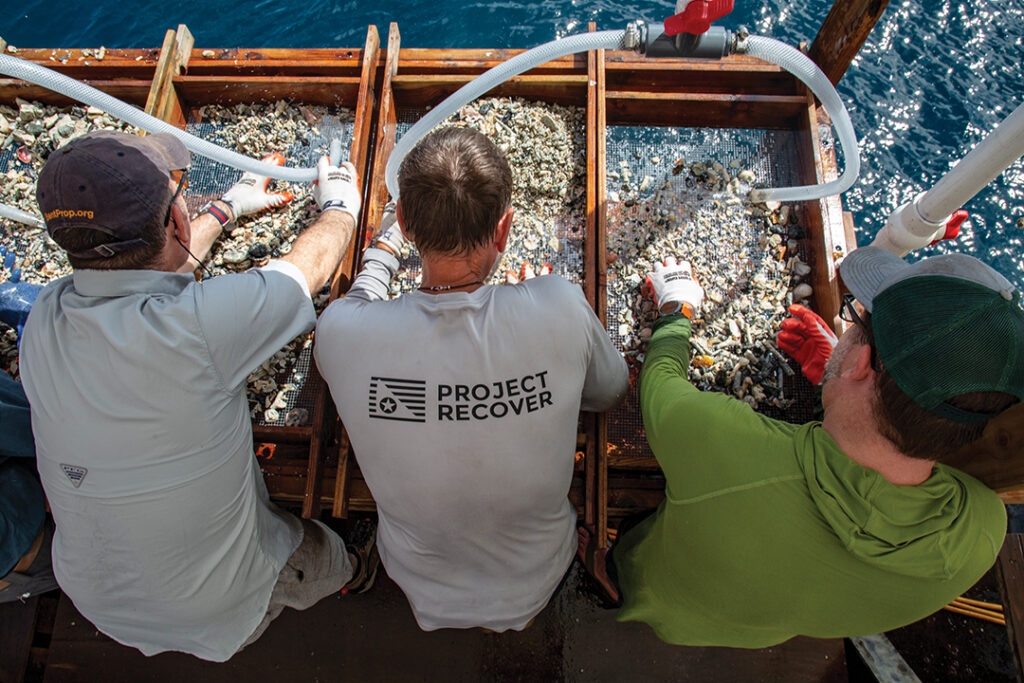
Under Scannon, the BentProp Project spent nearly two decades making annual treks to Palau to explore both the island’s interior and surrounding waters looking for aircraft associated with missing Americans including sites known to have been used for prisoner of war executions.
In 2012, the group ran into an oceanography team from Scripps and the University of Delaware that was studying Palau’s biodiversity. “They had the all the latest tools, including advanced AUVs [automated underwater vehicles],” says Derek Abbey, a 23-year Marine veteran who joined the BentProp Project, which has since been renamed Project Recover, in 2004 and is now its president. “It was immediately clear to all of us how helpful it would be if we had access to their equipment,” he says. “Now, instead of searching via scuba, we first scan the ocean floor, looking for anomalies that could involve manmade material. It’s only then that we dive. The collaboration has really advanced our capabilities.”
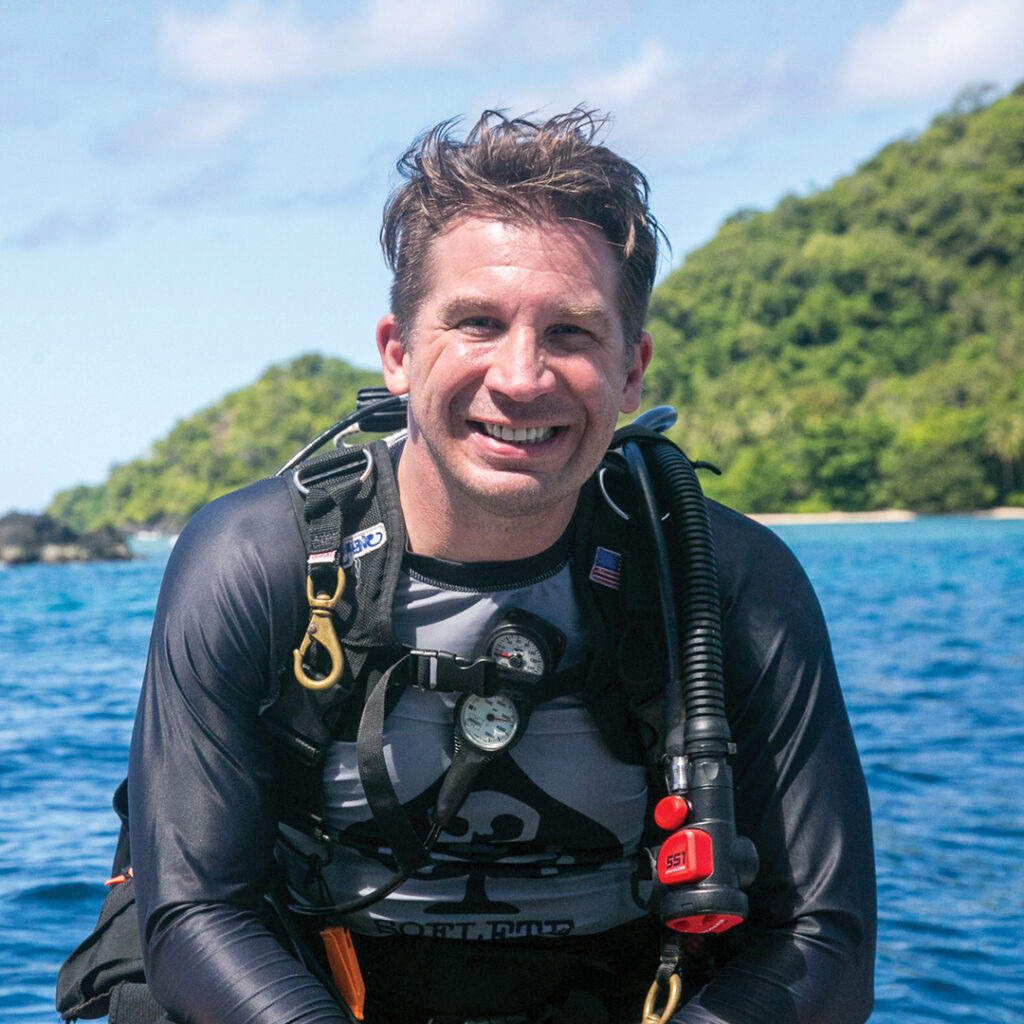
Over the past ten years, Project Recover has funded several missions a year and expanded its scope from World War II and Palau to more recent wars and other Pacific islands as well as the Middle East and Europe. Working in cooperation with host nations and the Defense POW/MIA Accounting Agency, Project Recover has repatriated 17 MIAs and located more than 65 U.S. World War II aircraft associated with more than 250 Americans missing in action. In addition, Project Recover has documented sites associated with more than 300 missing Americans, including 70 who have been declared buried at sea by Navy tradition.
“We know where they are and they will rest where they lay,” says Abbey of the 70 sailors, all of whom were aboard the USS Abner Read, a destroyer sunk off the coast of the Philippines in 1944 that was located by Project Recover in 2018.
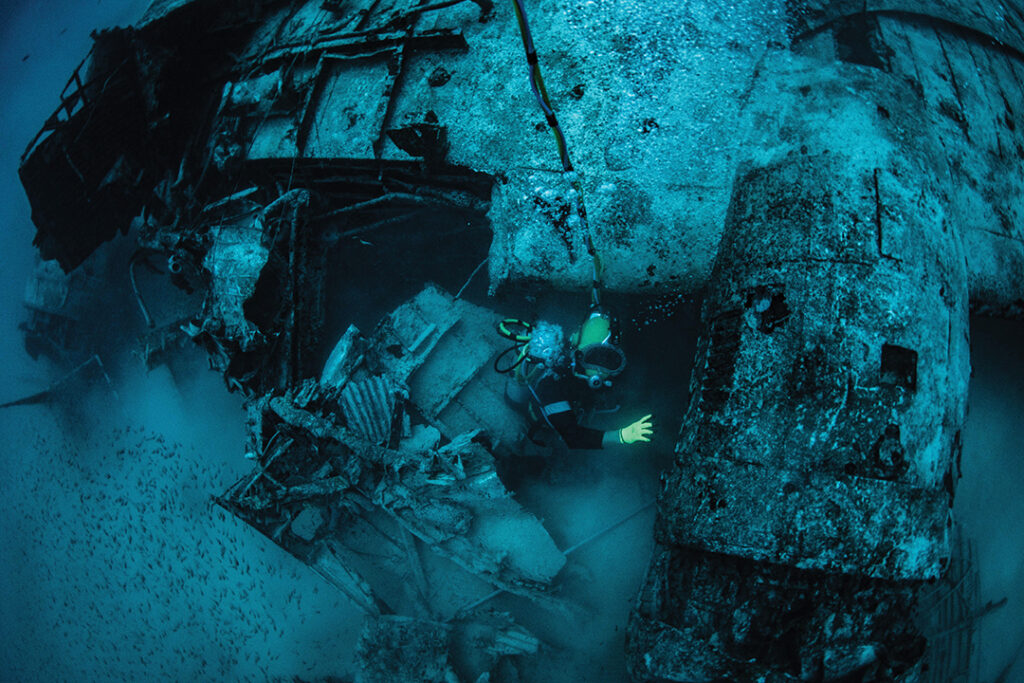
With its increased success, Project Recover has also garnered increased visibility, and it is the featured beneficiary of next month’s All Service Academies Ball, which will be held December 27 at the San Diego Air & Space Museum in Balboa Park.
“We search for planes and other wreckage, but that’s never the goal,” says Abbey. “Our goal is to repatriate Americans missing in action to provide recognition and closure for families and the nation.” projectrecover.org, allserviceacademiesballsd.com



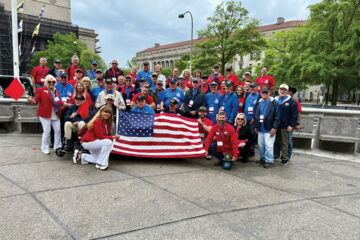

Comments